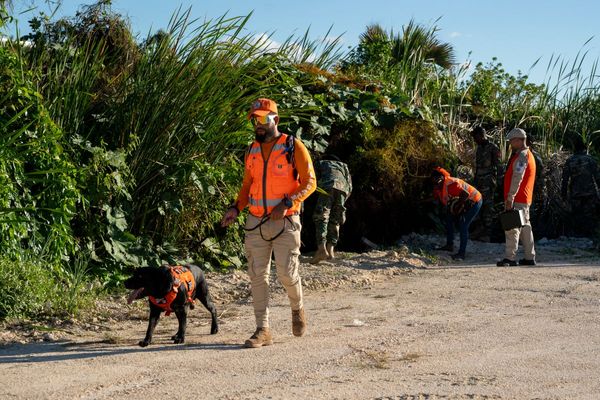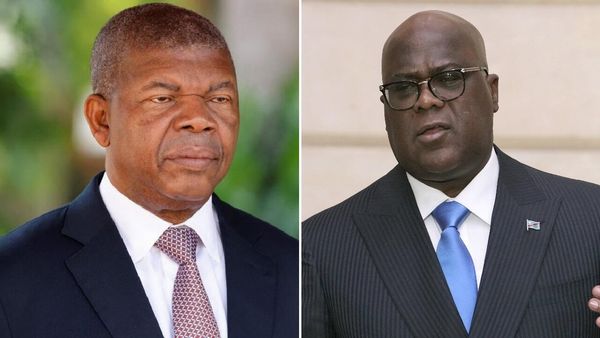When President Donald Trump forced a shutdown of the federal government in December, he justified it with a fictional crisis at the southern border. Friday, he was forced to reopen the government because his shutdown, predicated on a fake emergency, was creating a real one. After 35 days, Trump caved in by accepting the same deal he rejected in December.
For more than a month, 800,000 furloughed federal workers, some of whom had to report to work anyway, did not get paid. By Thursday, the stories about these workers showing up at food banks and fretting that they could not pay heating bills and mortgages were relentless. Then Commerce Secretary Wilbur Ross suggested such workers should just borrow money to get by, while Trump suggested it was easy to get free groceries from the local market. That set off a broad and justified bipartisan outcry.
Friday morning, an increase in air traffic controllers calling in sick caused a temporary halt in operations at LaGuardia Airport and other key hubs. The problems mushroomed into 14,000 flight delays and 800 cancellations across the nation. The director of the FBI released a video showing him furious over his agents not being paid.
Faced with a public-relations nightmare and special counsel Robert Mueller's indictment of Roger Stone, one of the president's oldest friends, Trump retreated.
The president got nothing in return for his concession to reopen the government except a brutal public thrashing from House Speaker Nancy Pelosi.
A bipartisan committee from the House and Senate will negotiate over the next three weeks to hash out an agreement. Democrats say they are willing to improve border security with a combination of physical, technological and human resources as part of a comprehensive immigration reform deal. Hopefully, 35 days was long enough for Trump to realize that's his only path to a win.







